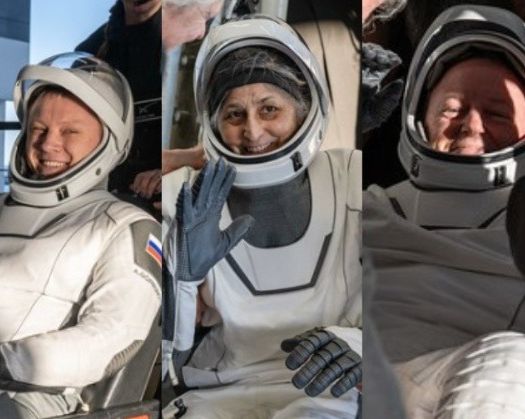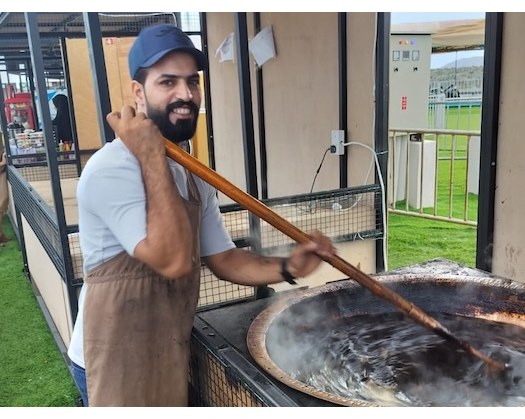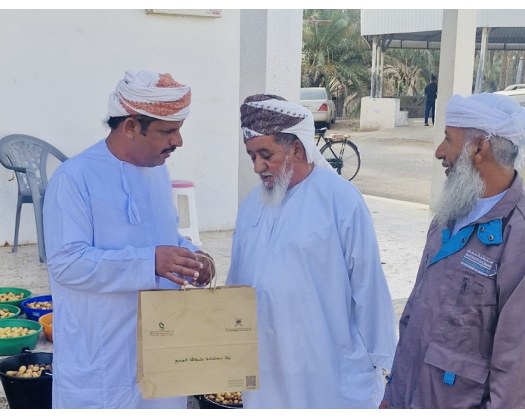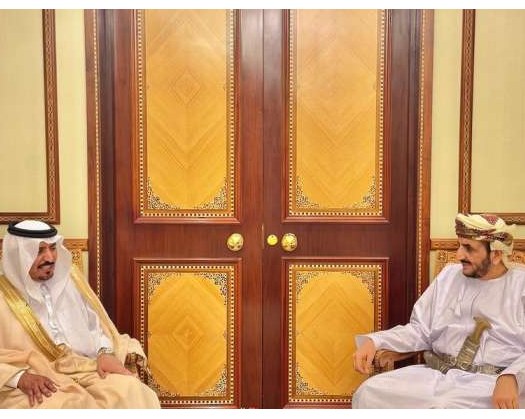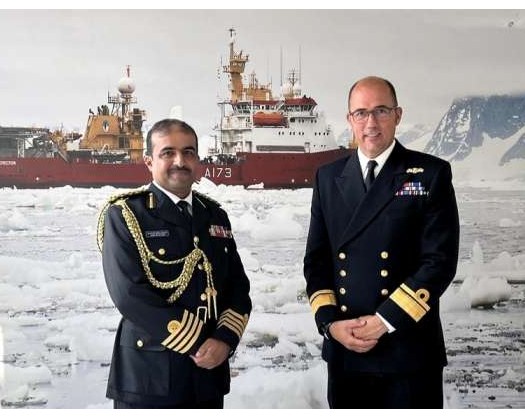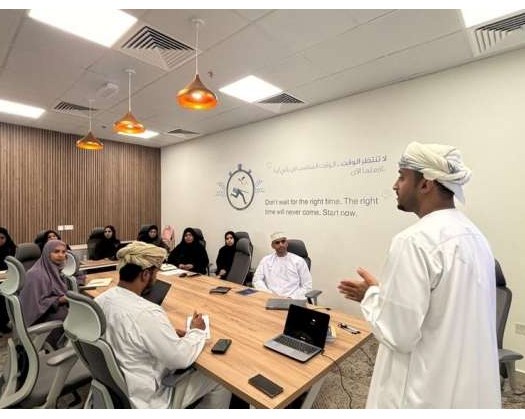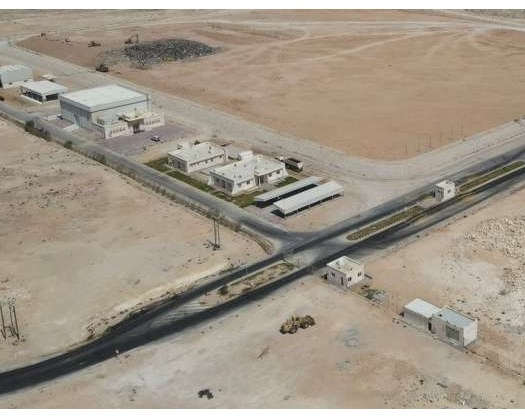California: On Tuesday, the White House emphasized President Donald Trump's commitment to the safe return of NASA Crew-9 astronauts Sunita Williams, Nick Hague, Butch Wilmore, and Russian cosmonaut Aleksandr Gorbunov, who had been stranded in space.
The White House confirmed that the astronauts successfully returned to Earth in the Gulf of America, attributing their safe landing to Elon Musk.
"PROMISE MADE, PROMISE KEPT: President Trump vowed to bring back the astronauts who had been in space for nine months. Today, they safely splashed down in the Gulf of America, thanks to Elon Musk, SpaceX, and NASA!"
Elon Musk expressed his congratulations to the teams at NASA and SpaceX for the successful mission and acknowledged Trump's focus on the operation.
"Congratulations to the SpaceX and NASA teams for another successful astronaut return! Thank you to Donald Trump for prioritizing this mission!"
Earlier that day, the NASA Crew-9 astronauts experienced Earth's atmosphere for the first time in over nine months after the successful splashdown of SpaceX's Dragon capsule. As per standard procedure, the astronauts exited the capsule on stretchers, as reported by CNN. This measure is routinely taken by SpaceX for astronauts returning from extended space missions.
The astronauts' extended stay in space, lasting nine months instead of the planned week, was due to delays related to Boeing's Starliner spacecraft, which were identified during a test flight piloted by Butch Wilmore and Sunita Williams last summer, according to CNN.
NASA's SpaceX Crew-9 successfully completed the agency's ninth commercial crew rotation mission to the International Space Station on Tuesday, safely splashing down in a SpaceX Dragon spacecraft off the coast of Tallahassee, Florida, in the Gulf of America, as stated by NASA.
NASA astronauts Nick Hague, Sunita Williams, and Butch Wilmore, along with Roscosmos cosmonaut Aleksandr Gorbunov, safely returned to Earth at 5:57 PM EDT. Recovery teams aboard SpaceX vessels successfully retrieved both the spacecraft and its crew. Once back on land, the astronauts will head to NASA's Johnson Space Center in Houston to reunite with their families.
"We are excited to welcome Suni, Butch, Nick, and Aleksandr back home after their extensive mission, which involved crucial scientific research, technology demonstrations, and maintenance tasks aboard the International Space Station," stated NASA acting Administrator Janet Petro.
"In line with President Trump's directive, NASA and SpaceX worked tirelessly to advance the schedule by a month. This international crew, along with our ground teams, embraced the challenge posed by the Trump Administration to adapt to a revised and somewhat unconventional mission plan to bring our crew home. Through our preparation, creativity, and commitment, we achieve remarkable accomplishments for the benefit of humanity, expanding the frontiers of what is achievable from low Earth orbit to the Moon and Mars," Petro further remarked.
Hague and Gorbunov launched on September 28, 2024, aboard a SpaceX Falcon 9 rocket from Space Launch Complex 40 at Cape Canaveral Space Force Station in Florida. They docked at the forward-facing port of the station's Harmony module the following day.
Williams and Wilmore took off on June 5, 2024, aboard Boeing's Starliner spacecraft, launched by a United Launch Alliance Atlas V rocket from Space Launch Complex 41, as part of the agency's Boeing Crew Flight Test. They reached the space station on June 6, 2024. In August, NASA opted to return the Starliner without a crew and integrated Wilmore and Williams into Expedition 71/72 for their return via Crew-9.
The four-member crew undocked at 1:05 AM on Tuesday to commence their journey home.
During their mission, Williams and Wilmore covered a distance of 121,347,491 miles, spent 286 days in space, and completed 4,576 orbits around Earth. In contrast, Hague and Gorbunov traveled 72,553,920 miles, spent 171 days in space, and achieved 2,736 orbits.
This mission marked Gorbunov's inaugural spaceflight, while Hague has accumulated a total of 374 days in space across two missions. Williams has spent 608 days over three flights, and Wilmore has logged 464 days over three missions, according to NASA.
Throughout the mission, Crew-9 made significant contributions to scientific research, maintenance tasks, and technology demonstrations. Williams performed two spacewalks, with Wilmore assisting on one and Hague on the other. The crew undertook various activities, including the removal of a radio frequency group antenna assembly, collecting samples from the station's exterior, and installing patches on X-ray telescope light filters.
Williams has set a record for the longest total spacewalking time by a female astronaut, totaling 62 hours and 6 minutes outside the station, placing her fourth on the all-time list for spacewalk duration, as reported by NASA.
The American crew members executed over 150 scientific experiments and technology demonstrations, contributing more than 900 hours to research efforts. Their investigations included plant growth studies, stem cell technology for disease treatment, circadian rhythm lighting systems, and the resilience of microorganisms in space. They also successfully loaded and deployed the first wooden satellite for space research.
The Crew-9 mission represented the fourth flight of the Dragon spacecraft named Freedom, which had previously supported NASA's SpaceX Crew-4, Axiom Mission 2, and Axiom Mission 3. The spacecraft is now set to undergo inspection and refurbishment at SpaceX's facility in Cape Canaveral in preparation for future missions.
The return of Crew-9 comes after the launch of NASA's SpaceX Crew-10, which successfully docked with the International Space Station on March 16, marking the start of another extended mission.
NASA's Commercial Crew Program is designed to ensure safe, dependable, and economical transportation to and from the International Space Station and low Earth orbit. This initiative enhances research possibilities aboard the ISS, aligning with NASA's larger objectives for human exploration of the Moon and Mars, as stated by the agency.

